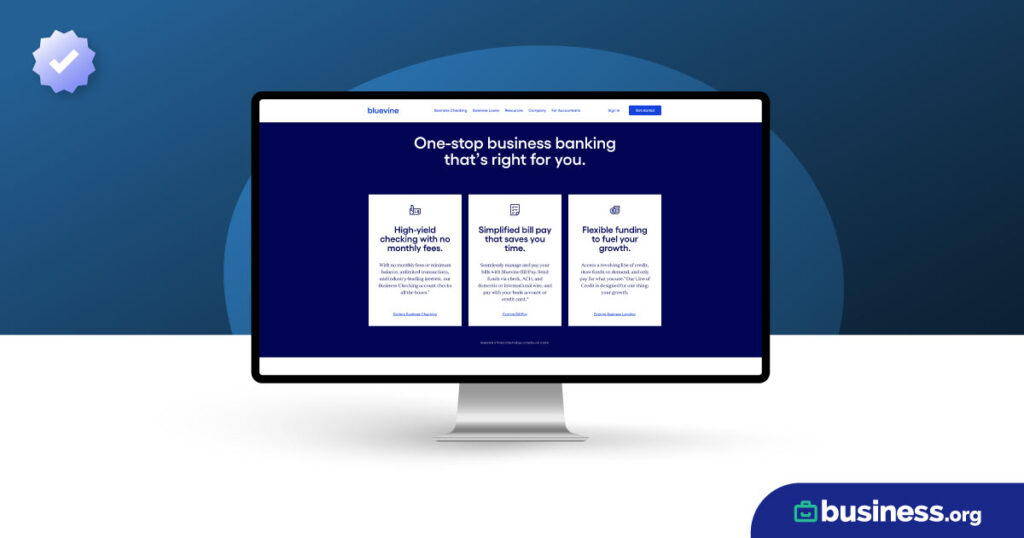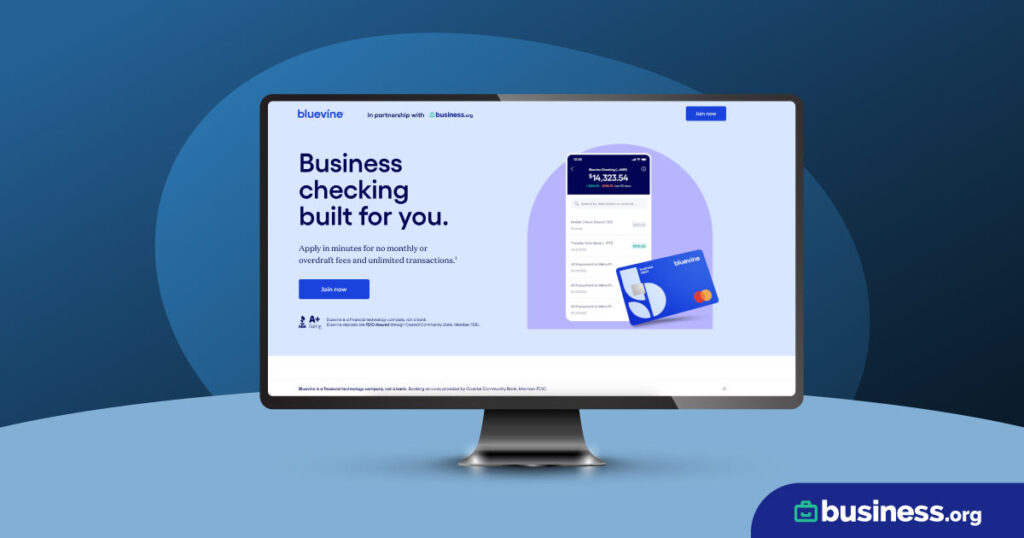We are committed to sharing unbiased reviews. Some of the links on our site are from our partners who compensate us. Read our editorial guidelines and advertising disclosure.
What Is APY? (And Why Does It Matter to Your Business?)
The world of business finance is filled with acronyms: EIN, CD, APR, P2P, MCA, SBA, and, of course, the one that brought you here—APY.
We’re going to unpack that last one. We’ll explain what APY is (spoiler: it’s the annual percentage yield) and why it matters (or doesn’t) to your small business. Plus, we’ll answer some common questions about this oh-so-mysterious acronym.
Let’s start this APY primer ASAP!
APY 101
APY stands for annual percentage yield—a term that’s only slightly clearer than the acronym itself.
So what is an annual percentage yield? Put simply, it’s how much your account can earn in a year through interest. But it’s not the same thing as an interest rate. An interest rate doesn’t account for compounding interest; APY does.
Compounding interest
But what’s compounding interest, you ask? To answer that, let’s first look at simple interest. With simple interest, you earn interest on the initial funds in your account (the principal). No matter how many interest periods there are, you’re always just earning money on that principal—and that’s fine, but what if you could earn more?
Enter compound interest. With compound interest, the money you earn in a given interest period gets added to your principal. So when the next interest period rolls around, you’ll earn interest on both your initial amount plus last period’s interest. And that means you earn more as your account balances continue to increase.
Now, exactly how much you earn will depend on how many compounding periods you have. So if one bank offers you a 2% interest rate with monthly compounding and another bank offers you a 2% rate with quarterly compounding, which is the better deal?
Back to APY
That’s where APY comes in. APY uses both your interest rate and your compounding frequency to come up with a number that lets you compare accounts without getting into complicated math.
To calculate APY, you can use the basic formula: APY = (1 + r/n )n – 1. Or you could just, you know, use an APY calculator. It will even let you see how APY affects your earnings.
In the example above, the bank offering 2% interest with monthly compounding frequency would have an APY of about 2.018%; the bank offering the same interest rate and quarterly compounding would have an APY of about 2.015%.
Now, the difference between those isn’t huge, but every penny helps your business. And a higher APY has a higher return, which means you receive more money.
So in the simplest terms possible, a higher APY earns you more interest. But let’s look at how that actually works when it comes to your business.
APY and small-business banking
When it comes to small business, you’ll mostly run into APY when it comes to your business bank accounts. More specifically, most banks offer interest on only their business savings accounts, so things like money market accounts and certificates of deposit (CDs).
There are a few banks out there that offer interest on business checking accounts, but those are relatively few in number (in fact, thanks to Regulation Q, interest-bearing checking accounts were illegal for businesses up until 2011!1).
We do want to point out that APY won’t exactly make or break your business. A 2% APY on a $1,000 principal will earn you $20 in interest over one year, while a 3% APY rate (unheard of for business accounts) would earn you $30—just a $10 difference. With a $10,000 principal, it becomes a $100 difference ($200 vs. $300).
In other words, you shouldn’t obsess about finding the highest-possible APY when you open a business bank account. Just look for a bank that has a competitive APY and otherwise good reviews. Because while a higher APY rate will score you more interest, it probably won’t earn you as much as you think.
Still, all other things being equal, choose the account with the higher APY.
Compare the Top Small-Business Banks
Data effective 1/10/23. At publishing time, rates, fees, and requirements are current but are subject to change. Offers may not be available in all areas.
APY vs. APR
Okay, but let’s address the obvious lingering question: How do APY and APR compare?
Technically, you can convert a small-business loan’s APR to APY to get another perspective on how much you’re paying your lender in interest. That’s too advanced for the scope of this guide—we just wanted to let you know it’s possible.
As you now know, APY stands for annual percentage yield and represents how much you can earn through compounding interest in one year. On the other hand, APR stands for annual percentage rate; it represents the total cost of a loan over the course of a year—including interest and fees.
Mostly, you just need to know that we usually use APY to talk about the money you can earn (yay!) on an investment, while we use APR to talk about the money you pay (boo!) when you borrow, perhaps on small-business loans. In general, you want a higher APY and a lower APR.
If you want to learn more about APR and how to judge that loan offer, check out our article, “What Is APR?”
FAQs about APY
What counts as a good APY rate?
That’s a toughie, since checking accounts tend to offer lower APY rates than savings accounts, which often offer lower APYs than CDs (certificates of deposit). Plus, APYs, like interest rates, can shift over time.
In our research, we found that a 0.8% APY on a checking account was probably the best you could do; if you’re interested in savings, look for a CD with an APY around 2%.
What banks offer good APYs on savings accounts?
When you open a business savings account, you actually have a few different account options. There are money market accounts, CDs (certificates of deposit), and general savings accounts.
If you prefer to open a savings account like a money market or high-yield savings account, we like Small Business Bank. It offers a 1.76% APY on money market accounts and a 0.75% APY on high-yield savings accounts.
But for the best rates, we recommend TD Bank. The APYs on its CDs range from 0.1% to 2.02%, and it offers plenty of term length options.
What banks offer good APY on small-business checking?
Axos Bank offers our favorite interest-bearing checking account. Its Business Interest Account has a 0.8% APY rate.
By signing up I agree to the Terms of Use and Privacy Policy.
The takeaway
And now you know: APY helps you compare rates when you deposit money. It’s just one of the financial tools you can use to make smart investing and borrowing decisions for your small business.
Now, go find that high APY and watch your account balances grow!
Why don’t you use your newfound APY know-how to check out the best bank accounts for small business? Our ranking includes some banks that have top-notch APY.
Disclaimer
At Business.org, our research is meant to offer general product and service recommendations. We don't guarantee that our suggestions will work best for each individual or business, so consider your unique needs when choosing products and services.








